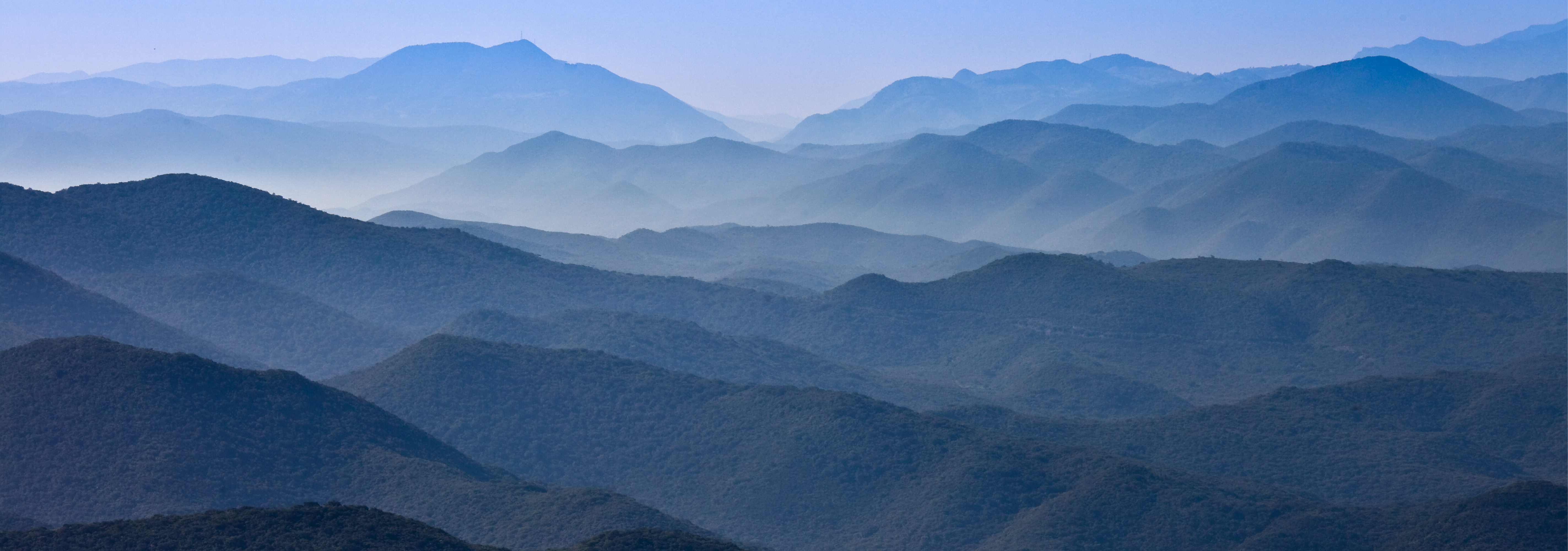

Mesoamerica—Mexico and the countries of Central America cover only half of a percent of the planet’s area, but account for seven percent of its biodiversity.
The world’s third-largest biodiversity hotspot, it is home to mountain ranges, tumbling rivers, and forests of astonishing diversity. Its ecosystems are strongholds for Threatened and Endangered species including Jaguars, Baird’s Tapirs, Spider Monkeys, the Central American river turtle and Great Green Macaws. Many of the billions of North American migratory birds fly through Mesoamerica or stop for the winter.
It is also a bastion for indigenous cultures, such as the Miskitu, Rama, and Emberá peoples that live alongside and embrace the conservation of this wildlife.
Ensuring the wildlife and wildlands of Mesoamerica thrive along with its people is critical to global efforts to mitigate climate change, to ensuring the stability of local ecosystems, and to protecting cultures and languages that are a unique part of our human heritage.
GWC’s partnership-based model and diverse range of solutions allow us to design strategies that match the different scopes and scales of the hotspot’s conservation challenges. Across the region, we work with local and indigenous communities, local NGOs, rangers, governments, as well as with impassioned and committed individuals.
We engage in projects that vary from interventions for specific species to supporting improved management for the largest intact forests to conducting surveys to ensure the wellbeing of forest rangers. Our flexibility allows us to respectfully and effectively engage the right partners at the right scale needed to mitigate the unique set of threats facing a species, ecosystem, protected area, or indigenous territory. We work toward ensuring a safe future for the cultural, linguistic, and biological diversity that makes Mesoamerica one of the most amazing places on Earth.
Across Mesoamerica, many indigenous groups struggle with maintaining their rights to their ancestral lands and protecting it from encroaching development, largely driven by cattle ranching. We work with such groups to support their efforts to secure their land and confront key threats within it.
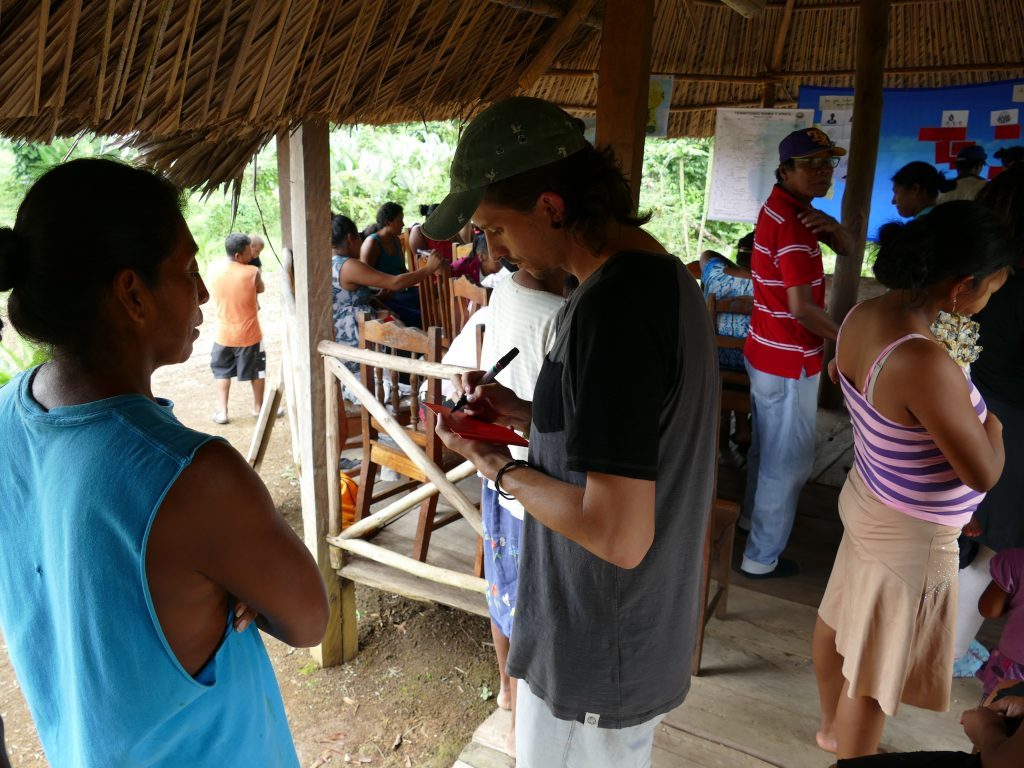
Communities identified values, threats and actions for Indio Maíz.
In Nicaragua’s Indio Maíz Biological Reserve, we have worked with the Rama and Kriol to develop an autonomous system of management within the 80% of the reserve that falls within their ancestral lands. We have supported the setup an independent ranger force, helped them implement the Spatial Monitoring and Reporting Tool (SMART), developed a system for financial administration, and created a comprehensive, visual management plan.
We work closely with regional partners, including Wildlife Conservation Society, to implement large-scale programs to protect the five largest intact forests in Mesoamerica: the Maya Forest in Mexico, Guatemala, and Belize; the Moskitia in Nicaragua and Honduras; the Indio Maíz-Tortuguero in Nicaragua and Costa Rica; the Talamanca Region in Costa Rica and Panama; and the Darien in Panama and Colombia.
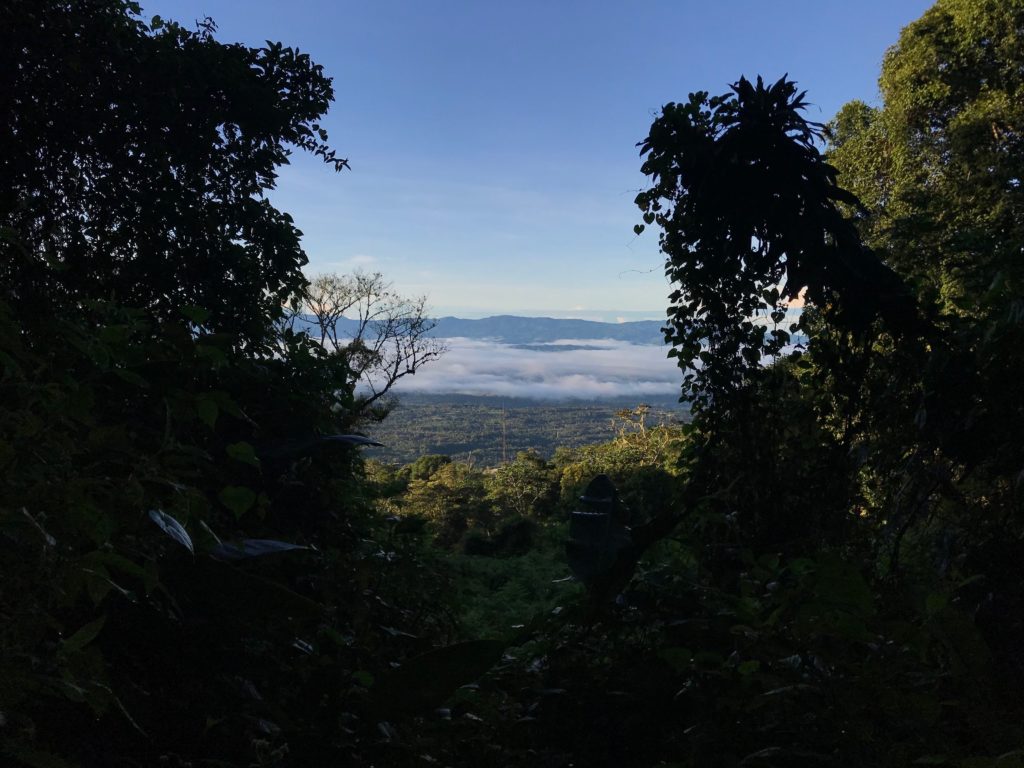
Honduran Moskitia, photo by: Chris Jordan
In Honduras’s Moskitia region, we have worked with WCS and the Kaha Kamasa Foundation to create an unprecedented consortium of indigenous, NGO, and government partners to protect this irreplaceable landscape and its unique and critically endangered natural and cultural heritage.
We work to find strategies to protect unprotected Key Biodiversity Areas and endangered species. When appropriate, we work with partner organizations to purchase lands and convert them into protected areas.
We also collaborate with regional organizations such as Panthera to design regional approaches to preventing wildlife crime and improving local management. In some cases, such as the Baird’s Tapir Survival Alliance, we identify individual local partners to design and implement strategies to ensure the survival of local forests and species.
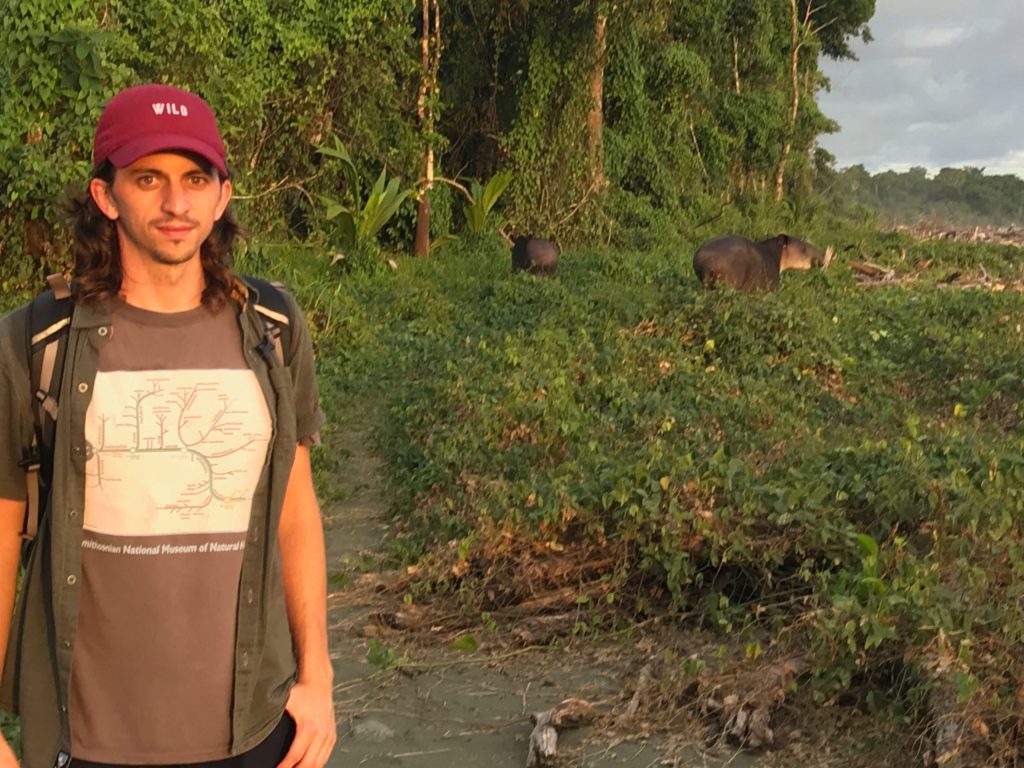
Dr. Chris Jordan with mother tapir and young tapir in Corcovado National Park.
In Guatemala, GWC led an international partnership of NGOs to enable a local Guatemalan group to purchase and protect 6,000 acres of primary rainforest in the Sierra Caral, home to a dozen threatened amphibians and the recently discovered Merendon Palm Pit Viper. Guatemala’s National Congress built on this unprecedented success to create the 47,000 acre Sierra Caral National Protected Area.
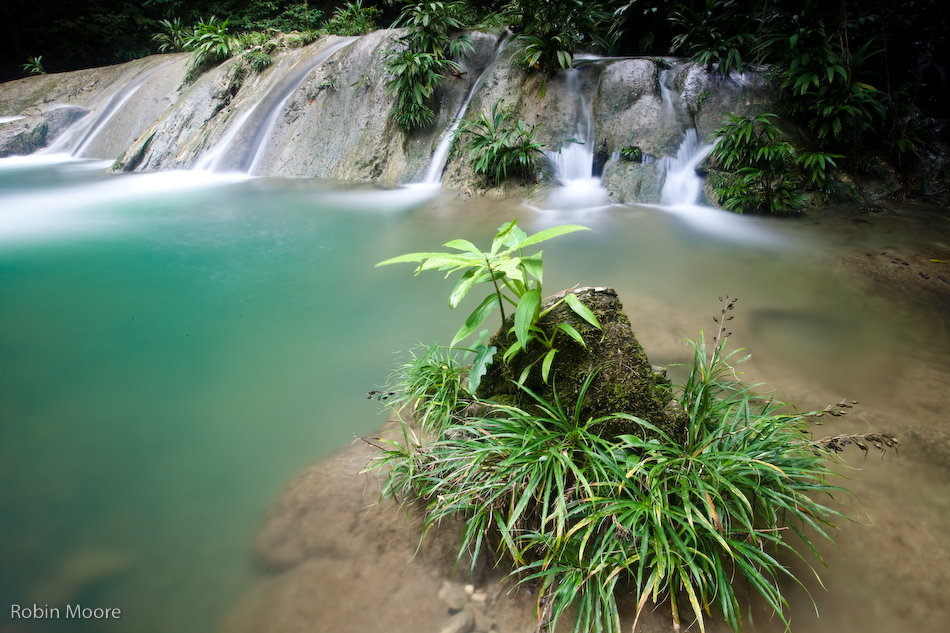
Waterfall at Las Escobas, Cerro San Gil, Guatemala. Photo by: Robin Moore
GWC in partnership with FUNDAECO, World Land Trust, Rainforest Trust, the International Conservation Fund of Canada and the Amphibian Survival Alliance established the Yal Unin Yul Witz Natural Reserve in the Cuchumatanes mountain range of Guatemala, marking the first protected area in the Western Highlands of Guatemala. It is the first amphibian reserve in the Cuchumatanes Mountains, home to three salamanders rediscovered after being lost to science for more than 100 cumulative years. GWC continues to work to expand this network of protected areas in Guatemala and the most irreplaceable threatened places around the world.
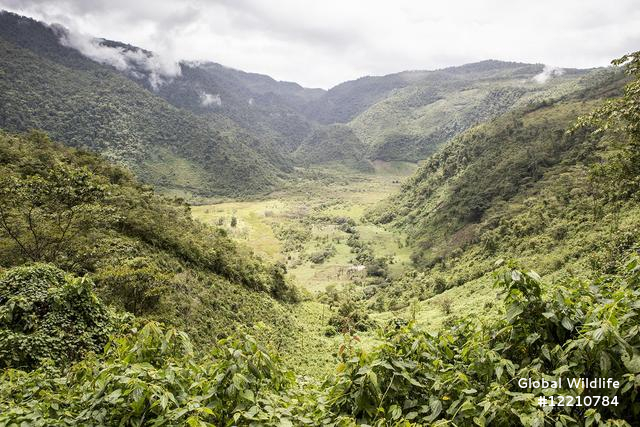
Yal Unin Yul Witz Reserve (or Sleeping Baby Reserve) in the Cuchamatanes mountains of Guatemala. Photo by: Robin Moore, Global Wildlife Conservation
GWC supports indigenous and government rangers in landscapes across Mesoamerica, including the Indio Maíz Biological Reserve, the Honduran Moskitia, and the Darien. Support additional patrols to protect forests from encroachments—like illegal cattle ranching—and endangered species from poaching.
One of the most dire threats to tapirs is retaliatory killings of crop-raiding tapirs. GWC is working to develop strategies to help tapirs and local humans live together successfully and amicably.
Support and protect the Honduran Moskitia region by supporting the consortium developed by Kaha Kamasa, the Wildlife Conservation Society, and GWC.
Support the implementation of the Indio Maíz Autonomous Management Plan.
We work with indigenous and local people to help pay salaries and build capacity for key people on the ground where it matters most.
| Species Red List Status | Population | Location Status | Partners |
|---|---|---|---|
~4,500 | Biodiversity Hotspot |
|